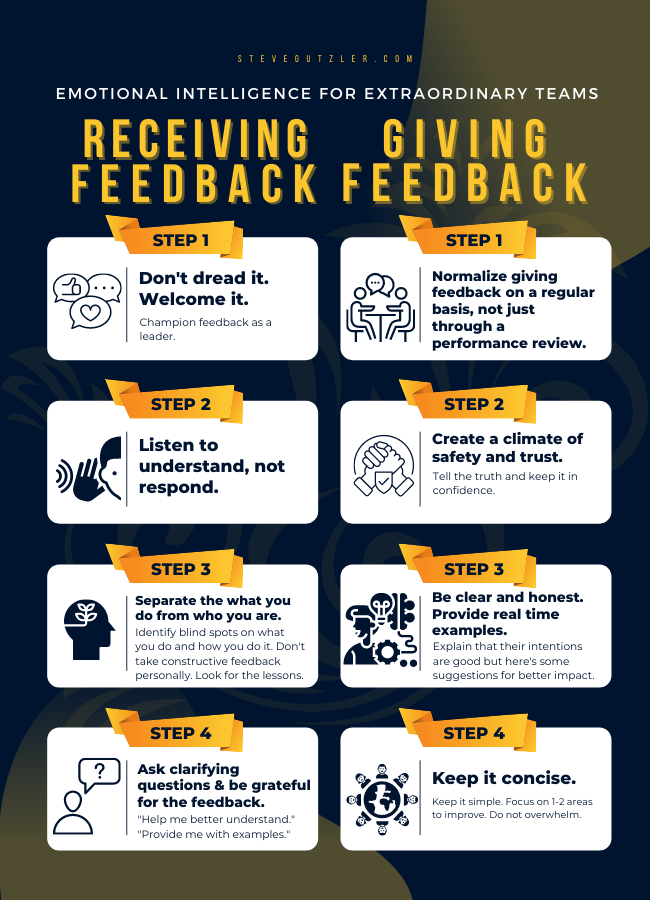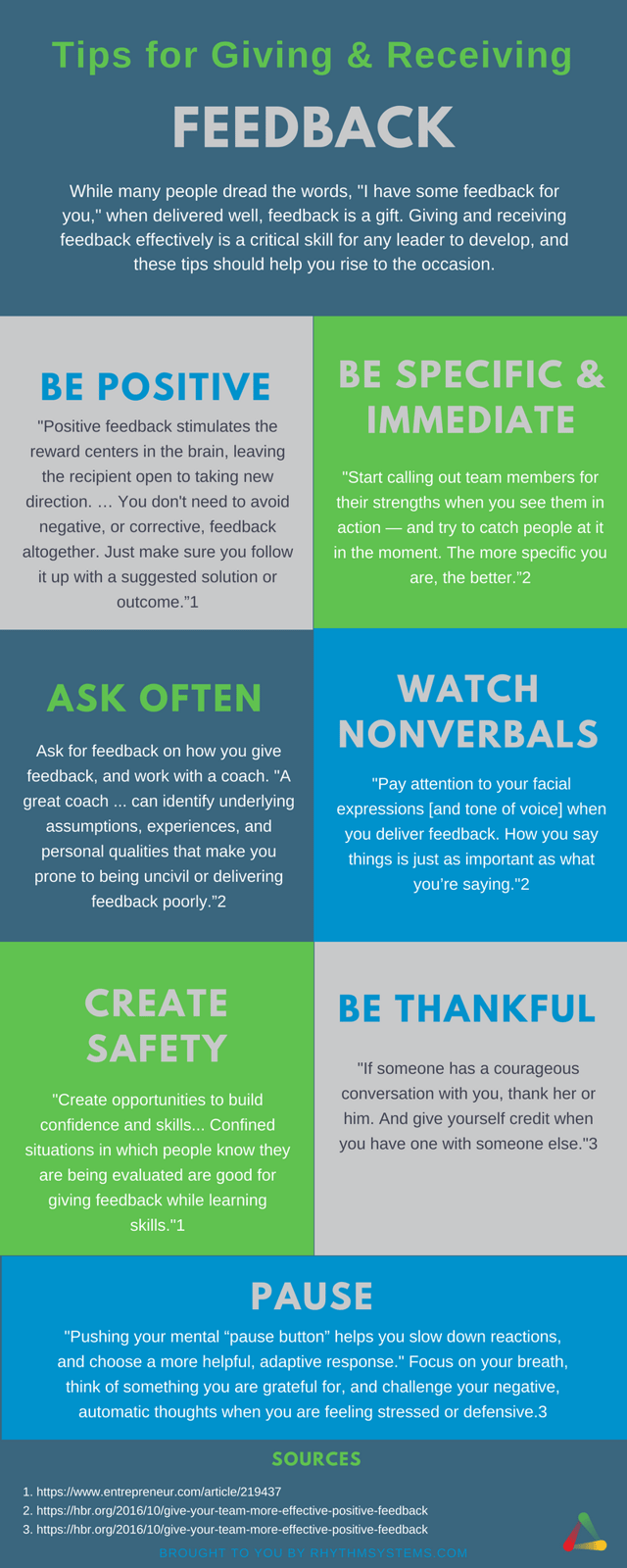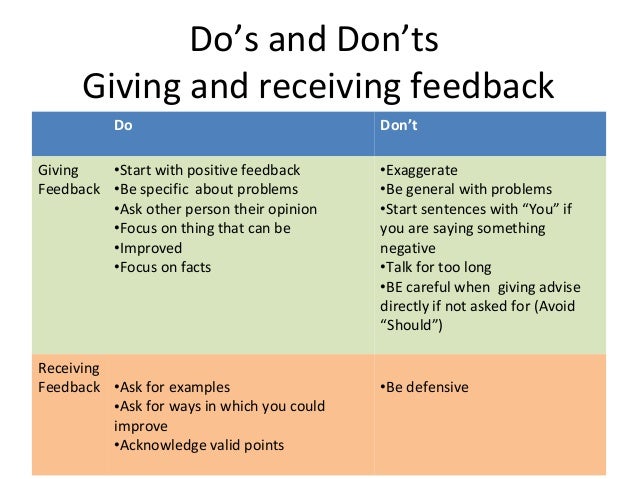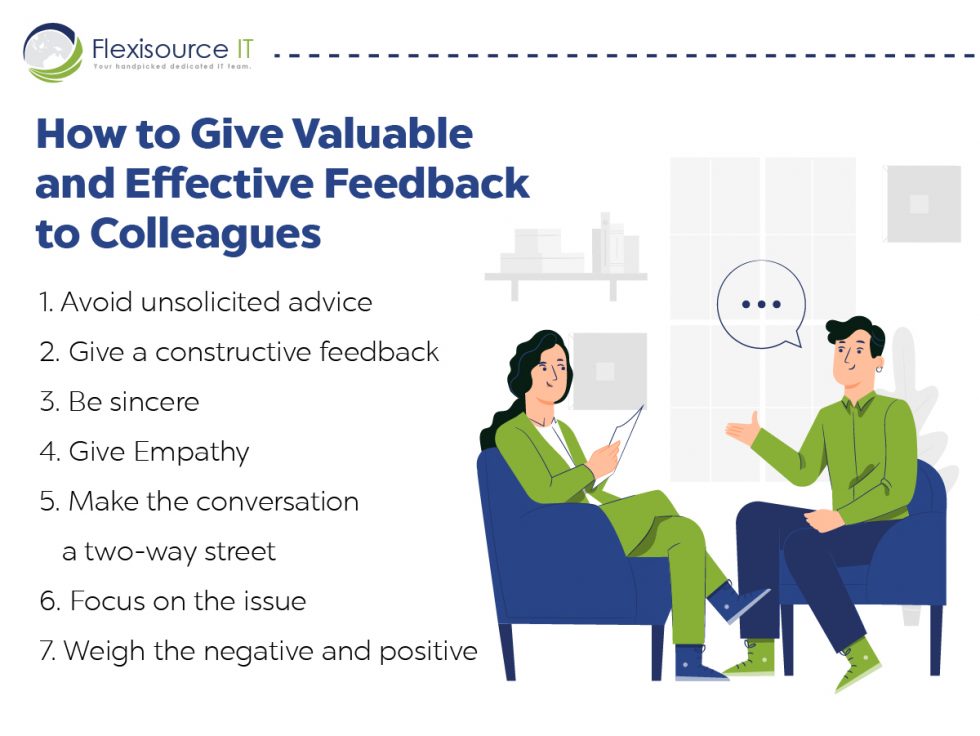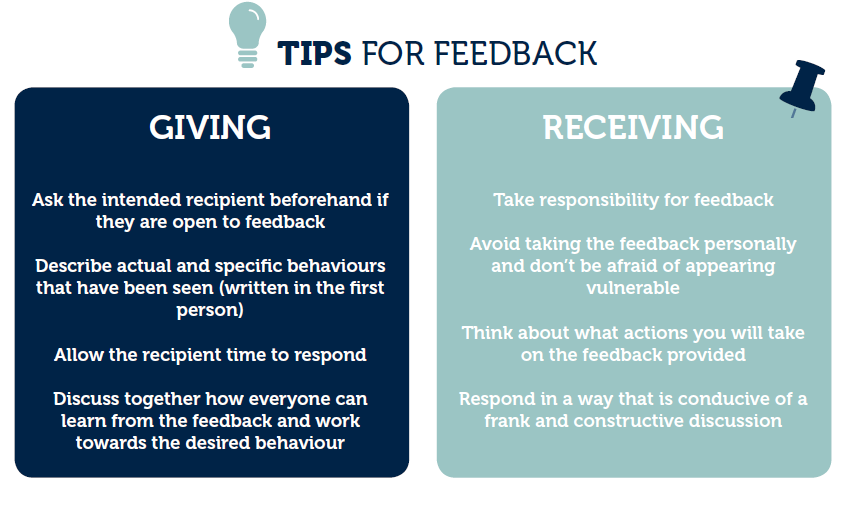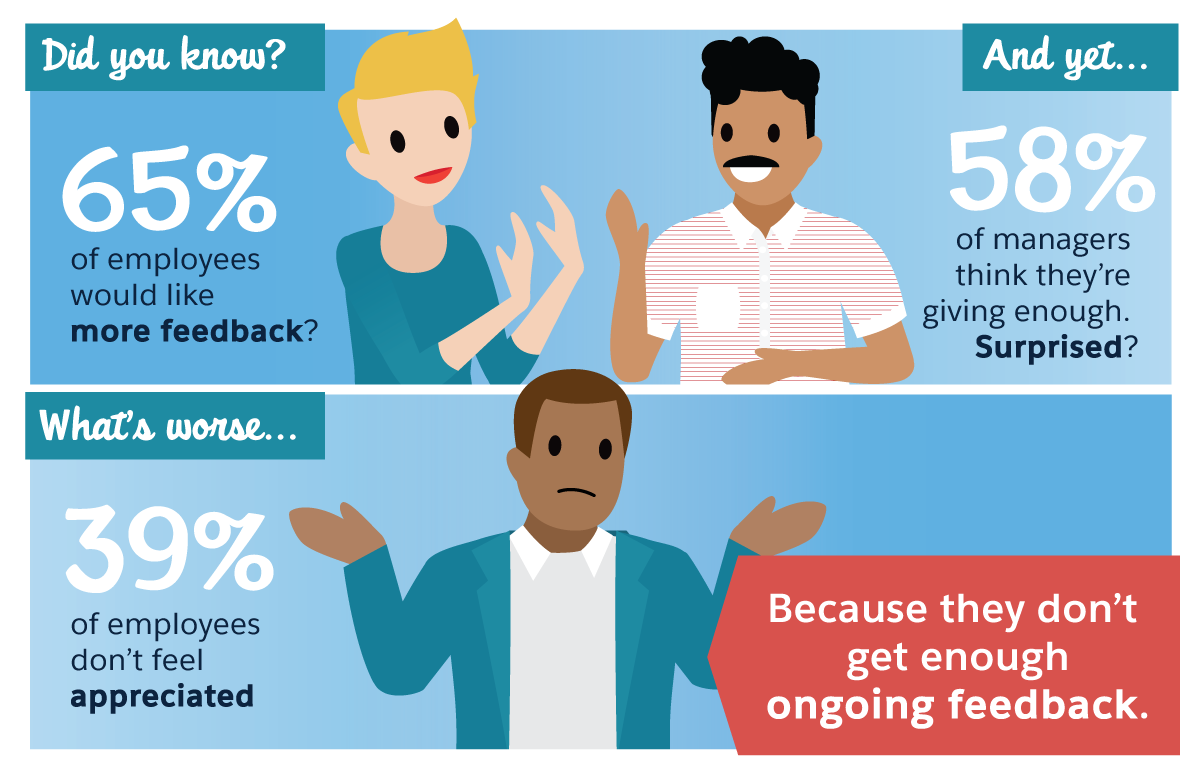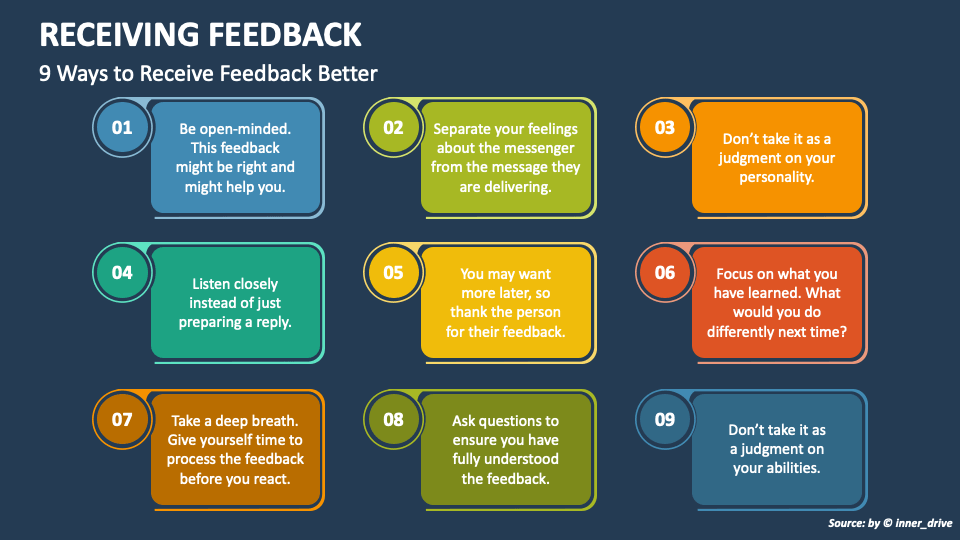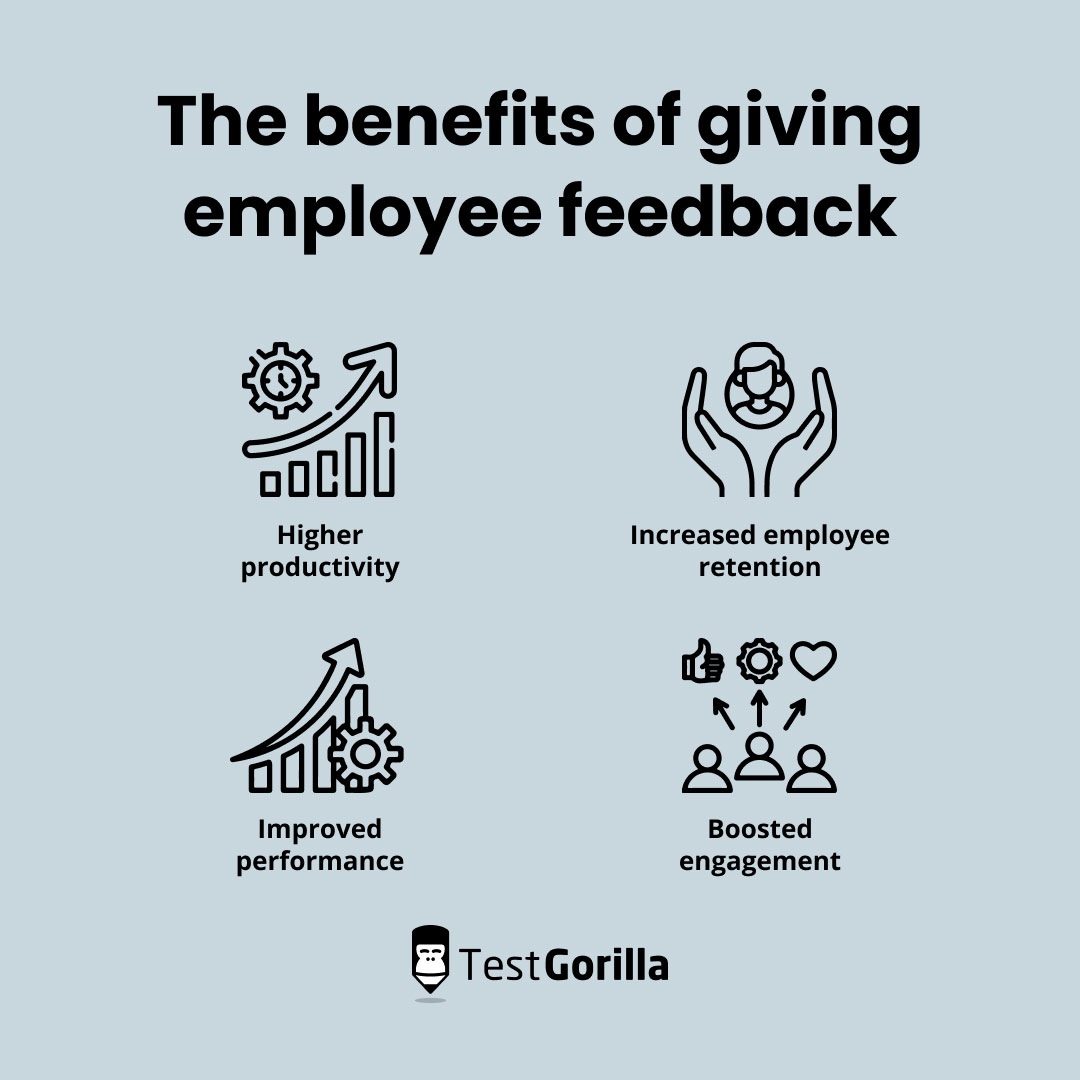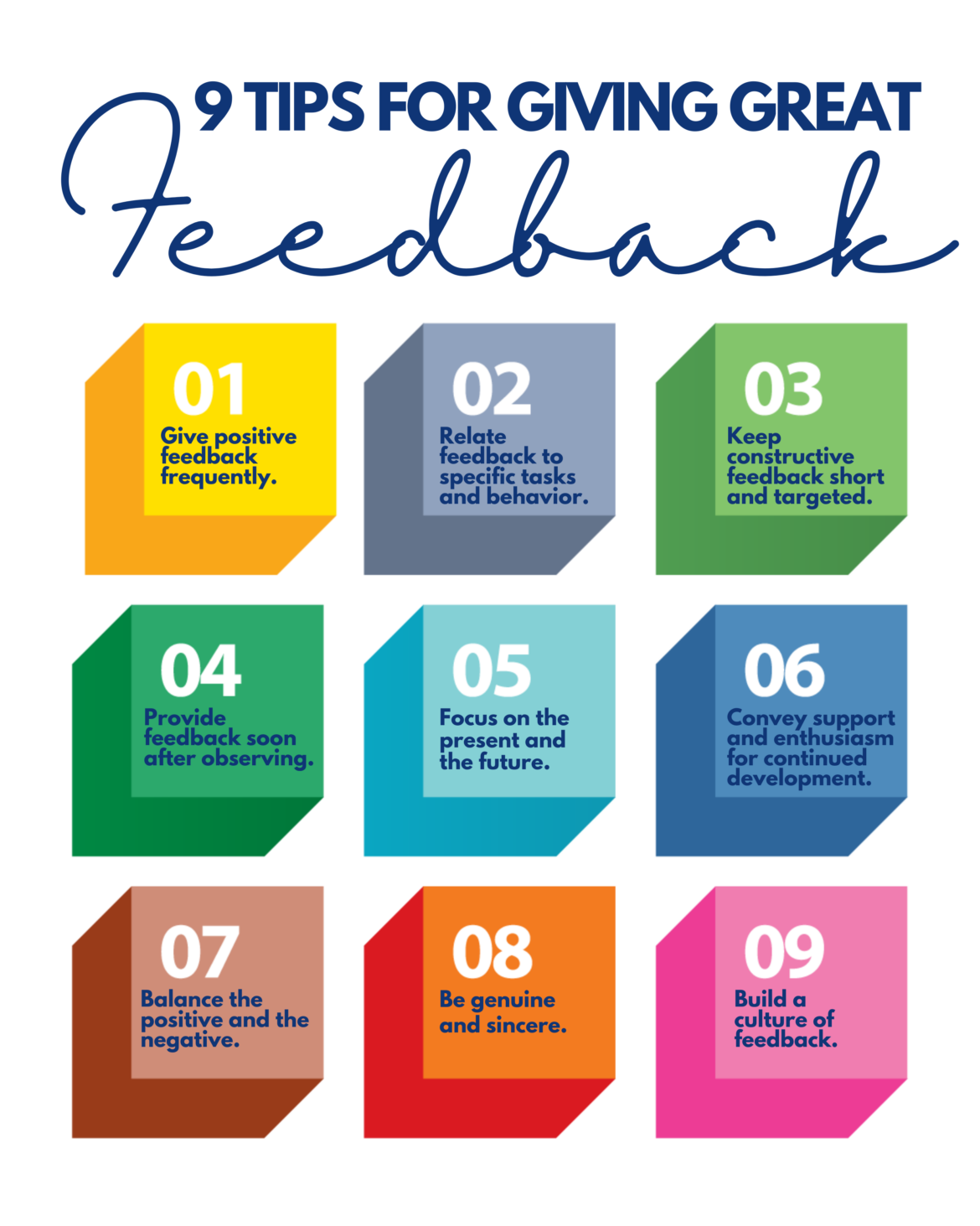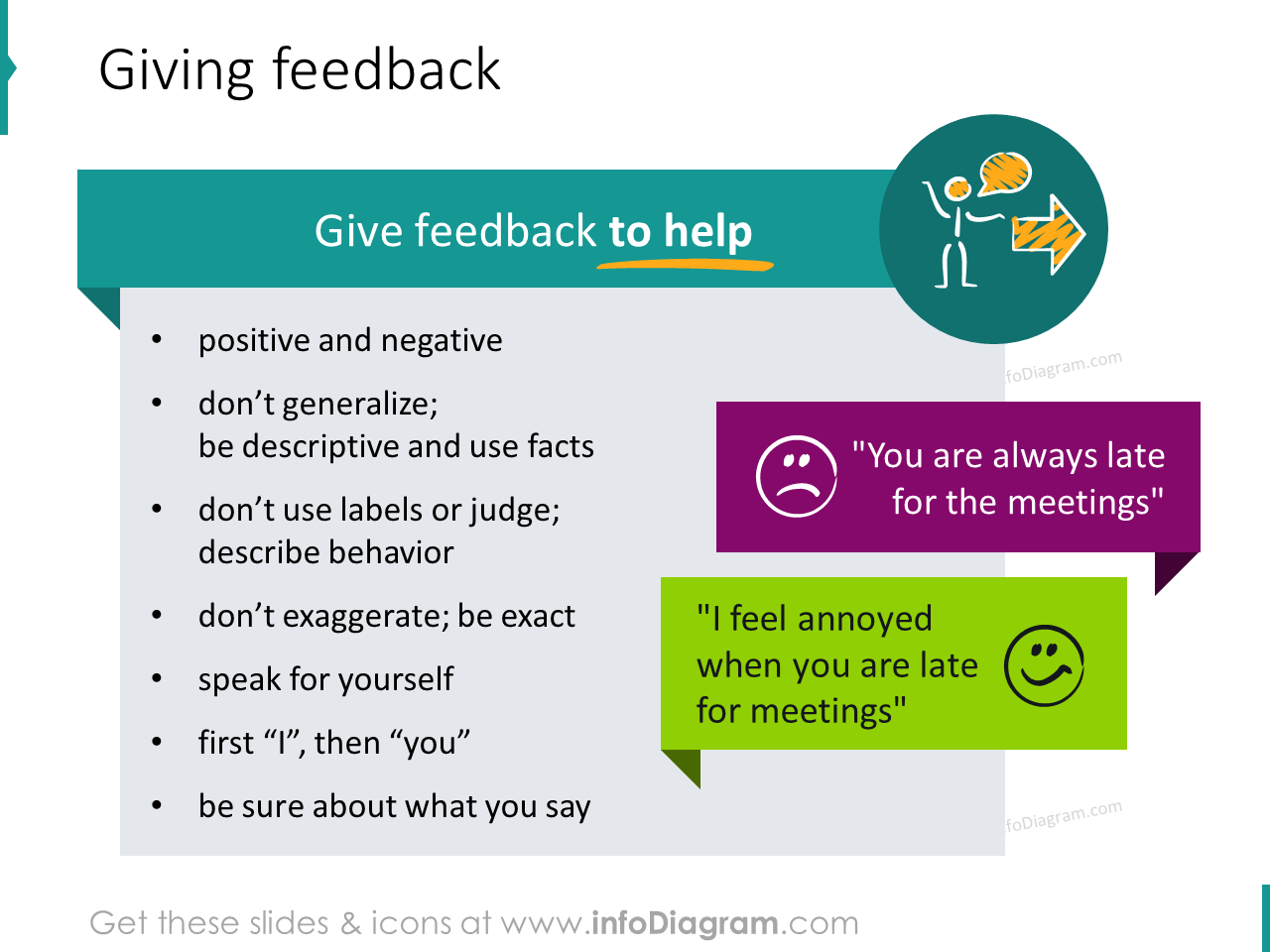Importance Of Giving And Receiving Feedback
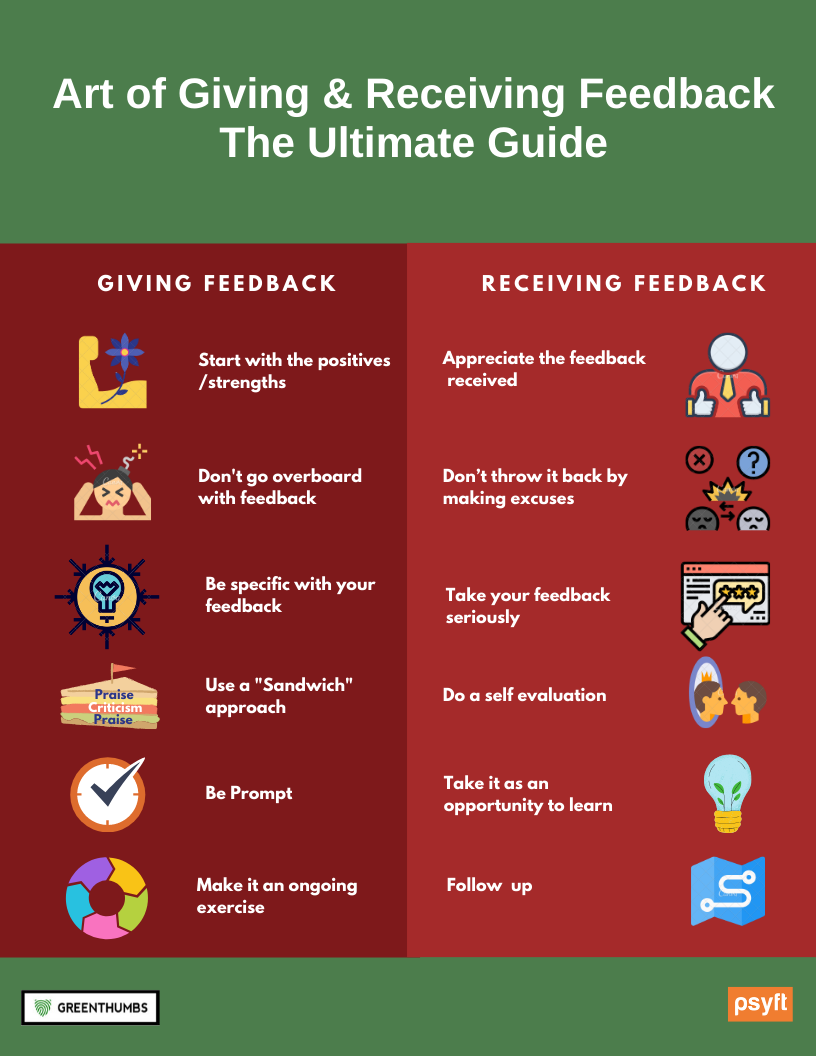
Organizations are failing to reach their full potential due to inadequate feedback loops, impacting employee growth and overall performance. Urgent action is needed to cultivate a culture of continuous feedback.
This article examines the crucial role of both giving and receiving feedback in fostering professional development, boosting organizational efficiency, and preventing costly errors. We'll explore the tangible benefits and actionable strategies for building a robust feedback culture.
The High Cost of Silence
A recent study by Gallup revealed that only 26% of employees strongly agree that the feedback they receive helps them do better work. This staggering statistic highlights a systemic failure in communication and development.
The absence of constructive feedback creates a breeding ground for misinterpretations, unaddressed performance gaps, and ultimately, disengaged employees. Lost productivity and increased turnover are direct consequences.
Benefits of a Feedback-Rich Environment
Organizations that prioritize feedback witness significant improvements across the board. A 2022 report by Quantum Workplace indicated that companies with strong feedback cultures experience a 14.9% lower turnover rate.
Effective feedback fosters a sense of value and belonging among employees. When individuals feel heard and understood, their motivation and commitment surge.
Furthermore, open communication channels enable early detection of potential problems. Issues can be addressed proactively, preventing minor setbacks from escalating into major crises.
Mastering the Art of Giving Feedback
Providing constructive feedback requires careful consideration and a strategic approach. Feedback should be specific, timely, and focused on observable behaviors.
Instead of vague generalizations, offer concrete examples of what the individual did well or needs to improve. Frame the feedback in a way that emphasizes growth and development.
The Situation-Behavior-Impact (SBI) model is a powerful tool for structuring feedback conversations. It ensures clarity and avoids personal attacks.
Embracing the Gift of Feedback
Receiving feedback, even when critical, is an opportunity for growth. Approach feedback with an open mind and a willingness to learn.
Actively listen to the feedback provider and seek clarification if needed. Resist the urge to become defensive; instead, focus on understanding the message.
According to Harvard Business Review, individuals who actively solicit feedback are perceived as more effective leaders. Proactively seeking feedback demonstrates a commitment to self-improvement.
Implementing a Feedback Culture
Creating a culture of feedback requires a top-down commitment from leadership. Leaders must model the behaviors they expect from their employees.
Implement regular feedback mechanisms, such as performance reviews, 360-degree feedback, and informal check-ins. Provide training to equip managers and employees with the skills they need to give and receive feedback effectively.
Tools like Lattice and Culture Amp can streamline the feedback process and provide valuable insights into employee engagement.
The Role of Technology
Technology plays a crucial role in facilitating feedback in modern workplaces. Platforms offer features such as real-time feedback, anonymous surveys, and performance tracking.
These tools help to democratize feedback, making it accessible to all employees. Data-driven insights can identify trends and inform targeted interventions.
Next Steps: A Call to Action
Organizations must prioritize building a culture of feedback to unlock their full potential. Invest in training, implement effective feedback mechanisms, and foster an environment of open communication.
The time to act is now. Failure to address this critical issue will result in continued stagnation and missed opportunities. Embrace the power of feedback and transform your organization.


